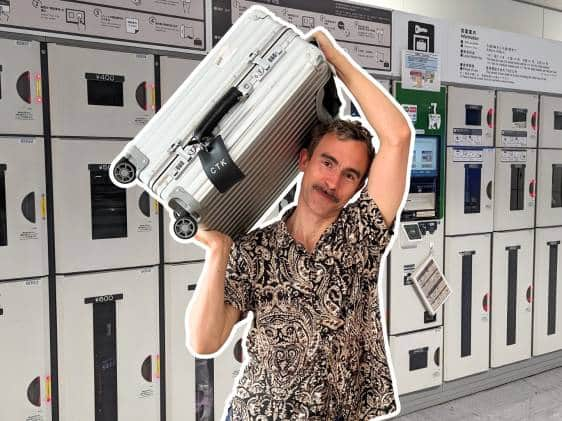If you’ve never owned a car, or it’s been a few years since you owned a car, it’s easy to forget the many potentials pitfalls with purchasing a second hand vehicle. To help prevent you making an expensive mistake, we’ve put together some tips for you to follow when looking for your new wheels.
Shaken
That’s prounounced sha-ken as in f*#ken rather than “shaken not stirred” and it’s a vehicle inspection certificate that allows you to drive your car on the road in Japan. Brand new cars need to get a new shaken 3 years after purchase. After that, the shaken needs to be renewed every two years. Typically, car owners take their car to a garage for their shaken, although you can do “user shaken” for a lot less money. As is typical with repair shops around the world, they will find plenty of points that need to be fixed and a way to charge you hundreds of thousands of yen for the pleasure.
If the car you’re going to buy has plenty of time left on the shaken, then at least you won’t have to cover this cost straight away. However, a fresh shaken is not a guarantee that everything is fine with your car, so you should still give it a careful examination.
Odometer readings
Everyone knows that low mileage (kilometerage?) is better than high mileage. A quick search online on kakaku.com can show you the average mileage for a similar car to the one you’re looking at, so you can easily enough make a judgement based on this. However, you should beware of vehicles for which the mileage is close to a milestone—typically a multiple of 25,000km. The most important milestones are usually 50,000km, 100,000km, 150,000km and 200,000km. Why are these milestones important? It’s because these are typically when the manufacturer recommends various parts be replaced.
Parts to be replaced might include break pads, air filters, spark plugs, hoses, the battery, fan belts etc. These milestones and the parts that the manufacturer recommends replacing are listed in the car’s manual. Request to see the manual and ask whether this servicing has happened or not. If the car is approaching a major milestone, you could be on the hook for some very expensive servicing costs.

Service history
Most vehicles come with a folder with receipts for all the times the car has been serviced—or at least it should. If you can’t get answers on previous repairs from the owner or the yard, you should be able to glean some information from the service history. If the service history is incomplete, then it’s a good reason to look at a different car or push for a discount.
Rust
Rust need not be a huge hindrance, but you definitely shouldn’t dismiss it either. Rust will shorten the life of your car as well as shorten the life of the various components. One or two spots of rust is not unusual in an older car, but if there is rust in multiple places on the body, there is probably much more rust that you can’t see. If you need to get rust repaired, the cost may be more than you paid for the whole car.

Buy Japanese
Used foreign marques can actually be bought quite affordably in Japan. The purchase price is where the affordability ends though. Due to being rarer than domestically made vehicles and often having a “premium” status, the premium extends to the cost of parts and maintenance. It might be boring, but that bog standard Toyota is not just reliable, it will save you a small fortune in maintenance and running costs compared to an Audi.
Thanks to Jared Campion from DreamDrive for helping with some tips.































